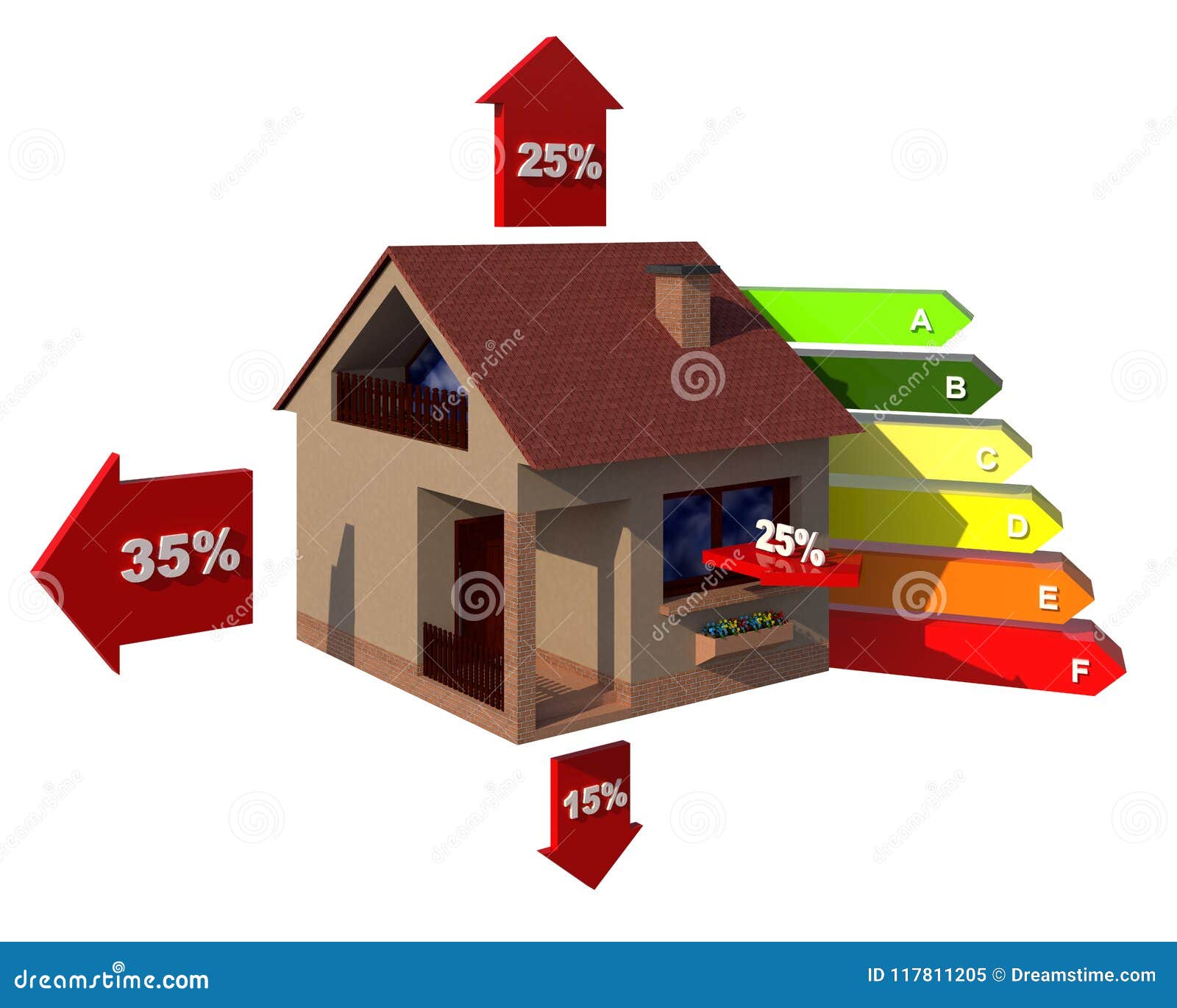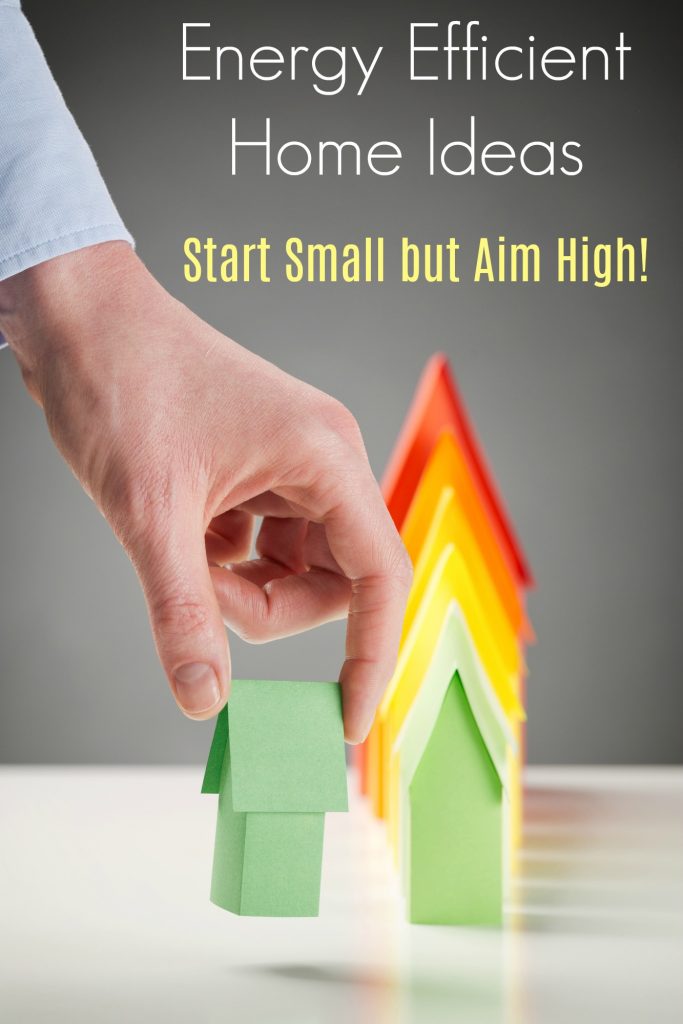Table of Content
Lighting represents five percent of a home’s annual electricity costs; therefore, an energy-efficient home must include efficient lighting. Controls such as timers, dimmers, and photocells can save energy and money. Energy-efficient lighting includes light-emitting diodes , compact fluorescent lamps , and halogen incandescent. Notably, 70 percent of millennials want homes with energy-efficient lighting.

But the average home now has over 10 electronic devices , so the energy savings do add up. If you will have a crawl space, an insulated foundation can protect your home from cold air seepage in the winters. And it helps block moisture from condensing in your crawl space and improves indoor air quality. If you have family members who take long, frequent showers, you need a lot of hot water but you don’t want to have to pay a fortune for it.
Tips to Build an Energy-Efficient Home
Use the light of the sun to energize the home by installing solar panels on the roof! Solar panels may significantly reduce your electricity costs, but these money-saving panels are an investment. The use of energy-efficient equipment in your kitchen, laundry, and heating and cooling systems continues to be a popular approach to integrating sustainability into new construction and existing homes.
A home's structural architecture is equally vital as the technologies that run it. According to government figures from the Department of Energy, heating and cooling systems account for the average American household's energy use. Evidence shows that this is an area where you can save money and energy when building a custom home.
Modify Your Most-Used Lighting
Before designing or planning a home, one should consider investing in energy efficiency. As a result, Homeowners can save money and energy, and the house will be comfortable and durable. One might want to look into financing alternatives for an energy-efficient home as well.
Find out if you own energy hogs by monitoring how much energy your appliances use. A Watts-Up or Kill-a-Watt meter can determine how much power appliances use. Look for the Energy Star label when you're shopping for home items. More than 40 product categories feature the label, including major appliances and light fixtures. Learn how to conserve energy and costs in your home with these expert tips for better living. Furthermore, by making investments that will be selling points well into the future, we can increase the home value.
Building an Energy-Efficient House
In many parts of the country, homeowners can recoup some of the costs of energy efficiency and renewable energy upgrades through rebates and other financial incentives. Visit theDatabase of State Incentives for Renewables and Efficiencyfor a current list of incentives in your area. Choose a high energy efficient heating, ventilation and air conditioning system. For instance, the most efficient HVAC system is 95 percent efficient; meaning 5 percent of the energy produced is expelled. Cool shingle roofs are overlapping panels made from wood, asphalt, metals, or polymers.
That energy can be stored in batteries, for usage when needed. One may never pay any utility/power bill after adopting such an efficient design. The internal heating is enhanced by the windows facing the path of the sun, with these windows can actually allow heat in and do not allow it to escape. The absence of effective insulation is a common concern in older dwellings.
How Much Does It Cost to Build a House in Washington State?
Lowering the heat transfer from the roof into the inhabited area may save money and energy in buildings with air conditioners or increase comfort and safety in structures without air conditioning. Most cool roofs have a high "thermal emittance," or the capacity to emit "thermal infrared" radiation to shed heat. Before making upgrades, you may also want to work with an energy assessor to use the Home Energy Score. The Home Energy Score is a national rating system, developed by the U.S. Department of Energy, which provides a rating of your home's current efficiency, as well as a list of improvements and potential savings. The Score reflects the energy efficiency of a home based on the home's structure and heating, cooling, and hot water systems.
Incorrect installation of an HVAC can reduce the efficiency of a system by 30 percent. Two efficient systems available today include variable speed HVAC systems and VRF systems. The performance of ICF mass wall homes allow for a reduction in the size of HVAC systems, offering an initial cost savings on the operating equipment. A cool roof, for an energy-efficient house, protects against solar heat gains and keeps the house and attic space cool. Good products for a cool roof should have low thermal mass that reflects the sunlight, like tile, slate, or clay.
Select ENERGY STAR® refrigerators because they use 15 percent less energy than non-qualified models. Also, refrigerators with top-mounted freezers use percent less energy than side-by-side or bottom-mount units. A task light consumes far less energy than a typical overhead lighting fixture. A small “hybrid” electric system combines home wind electric and home solar electric technologies.

In contrast, dark roofs absorb 90 percent of the solar energy. These materials are highly reflective and prevent a significant amount of heat from being absorbed. Large trees and bushes look great outside but also provide lots of shade and cover from the sun. Blinds, shutters, curtains, and drapes can all block light from entering and prevent air from leaving. Harder materials are better for this, but you’ll notice a difference even with curtains and drapes.
If they're not working properly, you will spend more on energy and, potentially, repair costs. More agencies, such as appraisers, realtors, MLS and insurance companies are recognizing the value-add of high-performance resilient homes. Nearly 60 percent of millennial homebuyers want net-zero houses. Net-Zero homes create as much energy as they use by installing renewable energy sources such as solar photovoltaic panels, a wind system, a small “hybrid” electric system, or microhydropower. Renewable energy sources can lessen, if not eliminate, a home’s utility bills.


No comments:
Post a Comment